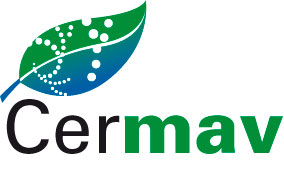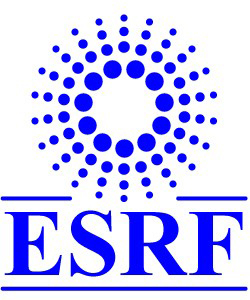Electron and Neutron Diffraction
.........................................................................................
Introduction
Electron crystallography involves scattering of an electron beam by a crystalline sample. The methods and
theory differ from those of conventional X-ray crystallography. The diffraction technique employed for
study of polysaccharides will depend on the types of samples obtained. Since micro-crystals can be analysed
by this method it can be complementary to X-ray fiber diffraction. Some studies use information obtained
from several methods, e.g. X-ray fiber diffraction of films and fibers, electron diffraction of micro-crystals,
electron imaging, powder diffraction and modelling.
Sample Preparation
Polysaccharide crystal quality tends to be better when the sample has a low degree of polymerisation and a narrow molecular weight distribution. Crystallisation is induced by adding a non-solvent to a dilute solution or by modifying the temperature. High temperatures are preferred (100° to 200°C), therefore experiments are performed in pressure vessels. For electron microscopy studies, a suspension of crystals is evaporated on carbon coated grids. Vacuum dehydration of the sample, once inside the microscope column, can cause problems of de-crystallisation. Techniques to overcome these problems include use of hydration chambers and quenching in cryogenic baths. Typical crystals obtained are plate-like with only a few tenths of an Angstrom (Å) in thickness. Usually, the polymer chain lies normal to the surface which has lateral dimensions of several micrometers.
Electron Diffraction Analysis
An accelerating voltage of around 100kV results in an electron wavelength of about 0.04Å. The large scattering cross-section for electrons means that a sample of thickness 100Å an be used.
Resolutions of up to 1Å can be obtained. hk0 reflections can be recorded since the polymer chains lie perpendicular to the platelet face. The unit cell parameters a, b and gamma (γ) can therefore be derived as well as
the two dimensional symmetry of the base plane. Three dimensional symmetry information is available through the use of goniometers which produce rotations about the reciprocal axes.
Models derived are optimised by fitting observed and calculated structure amplitudes, while optimising nonbonded interactions and preserving helix pitch, symmetry and ring closure.
Neutron Diffraction Analysis
Neutron crystallography has had an important but relatively small role in structural (glyco)-biology over the past years. Knowing exactly where hydrogen atoms are located and how they are transferred between bio-macromolecules, solvent molecules and substrates is part of the full understanding of many biological structures and processes.
Neutron crystallography is a powerful technique for locating hydrogen atoms and yield information on the nature of bond involving hydrogen, as well as identifying water molecules. Neutron crystallography can also be used to identify hydrogen atoms that have been exchanged with deuterium and the subsequent extend of the exchange. This provides ways to identify isotopically labeled structural features and for characterizing solvent accessibility and macromolecular dynamics, thereby offering a complementary tool to NMR methods. The strong disadvantage of neutron crystallography is the relatively low flux of available neutron beams, which requires either large crystalline samples or very long exposure time.
Neutron diffraction is also a complementary technique to X-ray diffraction. Whereas hydrogen atoms are weak scatterers of X-rays, it is a strong scatter for neutrons. With a neutron scattering length of 6.67 x 10-15 m, the deuterium atoms appear as strong peaks in density maps. Carbon, oxygen and nitrogen atoms scatter about the same as deuterium. In contrast, hydrogen atoms (-3.74 x 10-15 m ) appear as negative through and can be distinguished from deuterium. In addition to the greater relative scattering factor power of hydrogen and deuterium for neutrons, the neutron form factor does not decrease with scattering angle as the X-ray form factor does. Consequently, the use of neutron can improve the quality of the set of diffraction intensities at large scattering angle, in biological systems investigated by neutron diffraction. Individual deuterium atoms can be located to around 2 Å resolution. In contrast, hydrogen atoms can be located with X-ray only for well crystalline systems that diffract to atomic resolution, which is not the case for bio-macromolecular systems.
Neutron crystallography has been used to locate ordered water molecules in fibres of hydrated biopolymers. The ability to replace H2O by D2O is fully exploited to magnify the scattering power of the water molecules
 .
In the case of polysaccharides, a substitution technique has been developed in which the intra-crystalline -OH moieties of native samples are coverted in OD without destroying the crystalline order and perfection. For crystalline fibers of cellulose II, the conversion of oriented samples from NaOH/H20 into NaOD/D2O provides a way to produce adequate material for neutron crystallography. Neutron fiber diffraction for locating hydrogen atoms in crystalline fibers of polysaccharides has been demonstrated by its application to determining the hydrogen bond arrangements in the various allomorphs of cellulose .
In the case of polysaccharides, a substitution technique has been developed in which the intra-crystalline -OH moieties of native samples are coverted in OD without destroying the crystalline order and perfection. For crystalline fibers of cellulose II, the conversion of oriented samples from NaOH/H20 into NaOD/D2O provides a way to produce adequate material for neutron crystallography. Neutron fiber diffraction for locating hydrogen atoms in crystalline fibers of polysaccharides has been demonstrated by its application to determining the hydrogen bond arrangements in the various allomorphs of cellulose





 and more recently to the anhydrous b-chitin polymorph
and more recently to the anhydrous b-chitin polymorph
 . .
|




